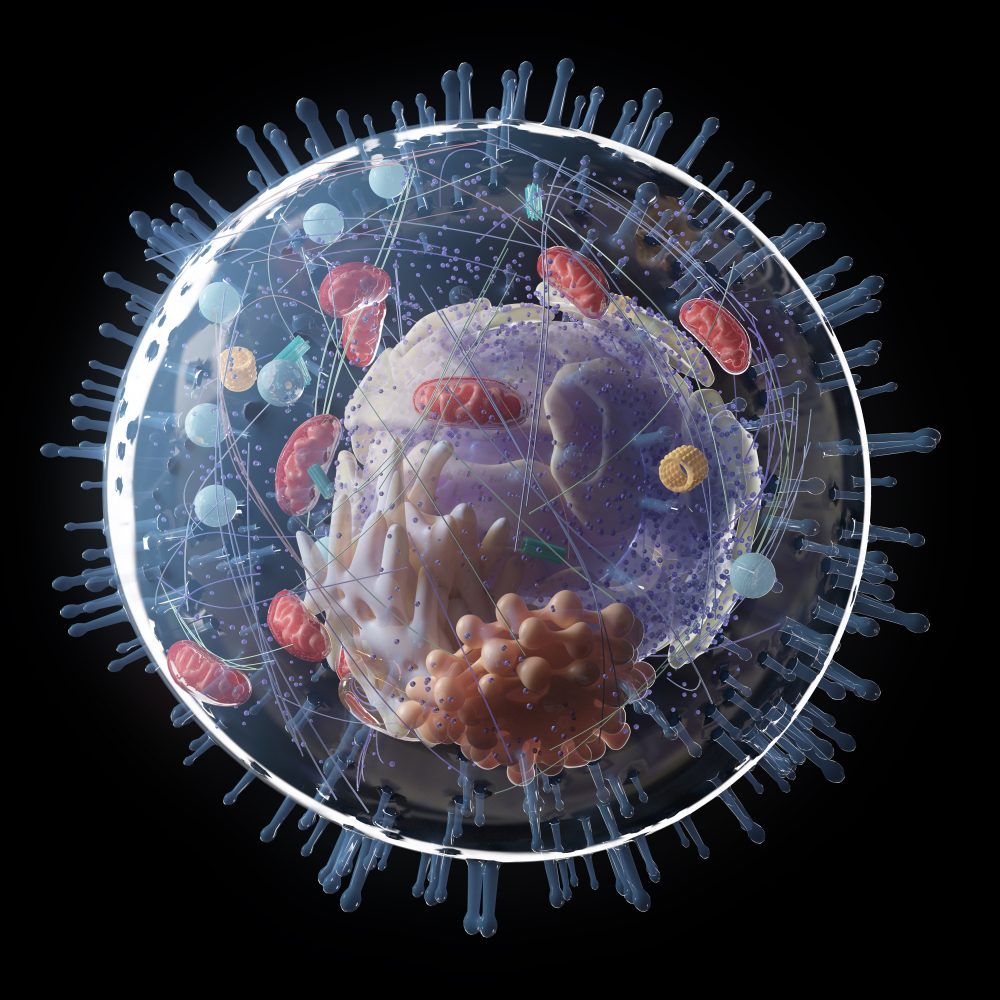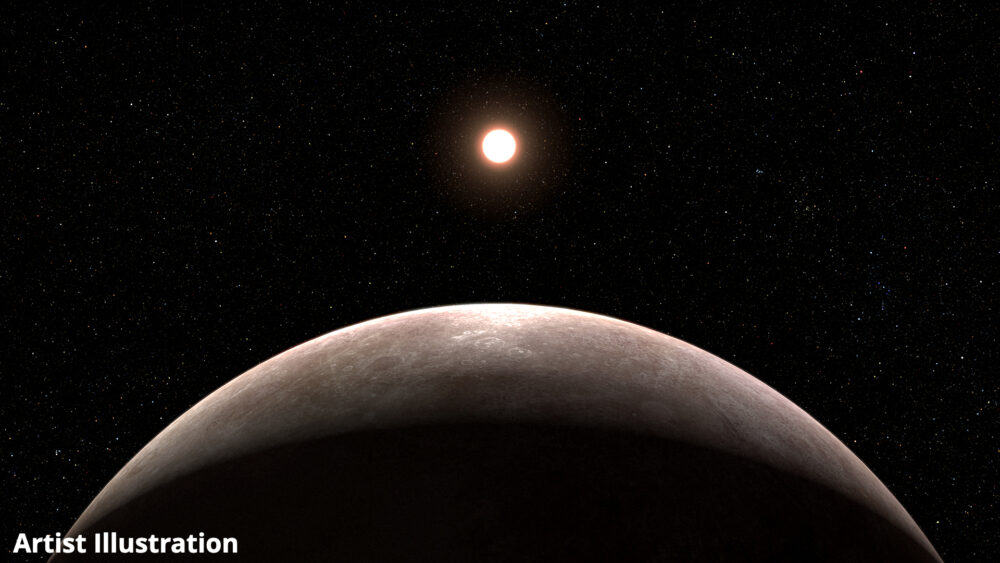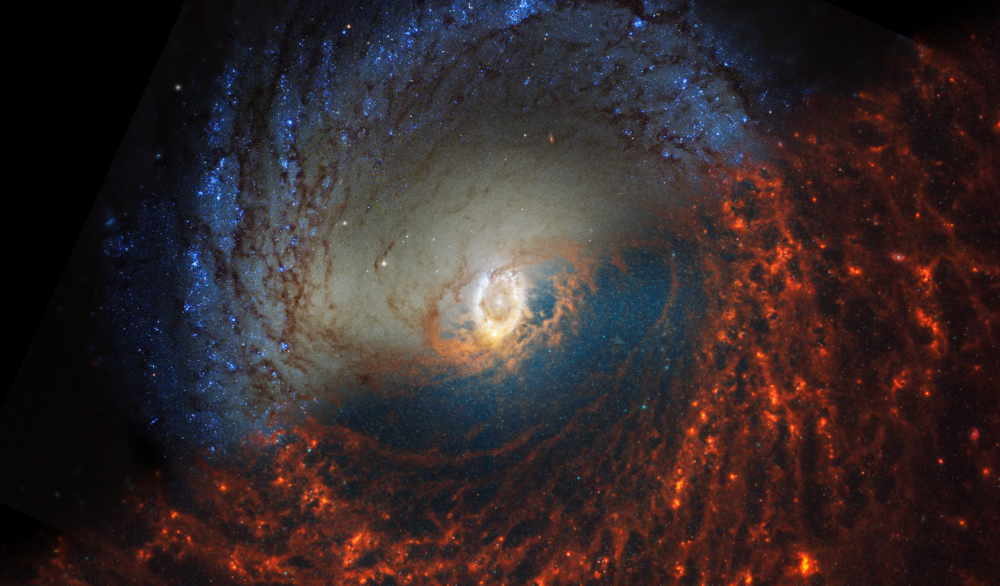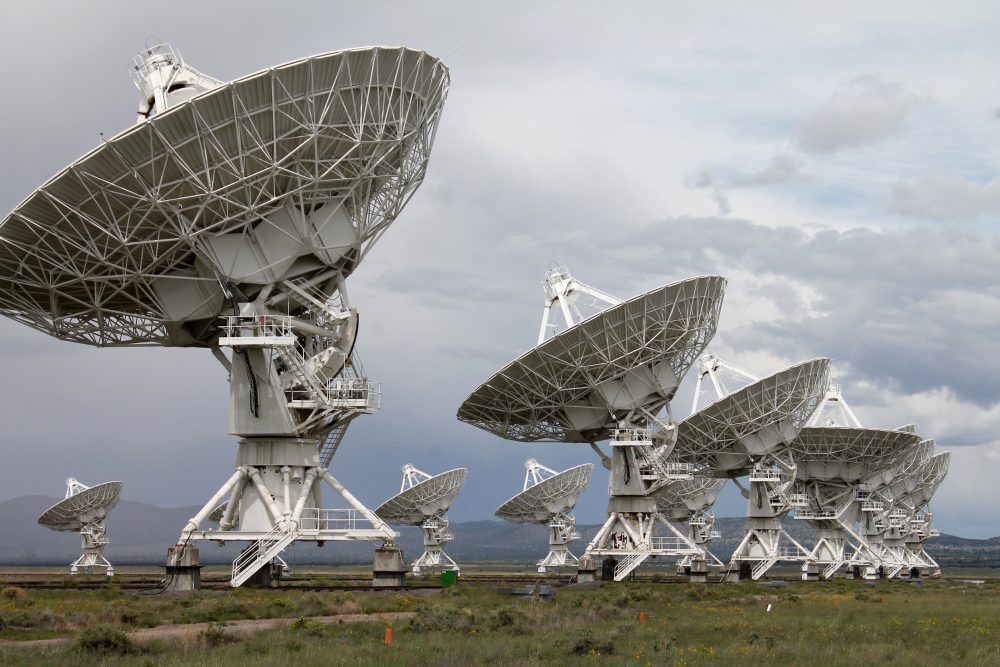


Walter Bradley on The Mystery of Life’s Origin

How to Defend Intelligent Design Like a Boss

Guillermo Gonzalez on 20th Anniversary Edition of The Privileged Planet

Biochemist Michael Denton on Nature’s Fitness for Life

What’s Next in the Search for Habitable Worlds

Bijan Nemati on the Search for Habitable Planets

A New Design Inference for a New Generation

Bill Dembski Reflects on The Origins of a Classic

Carl Sagan’s Love/Hate Relationship with Intelligent Design
On today’s ID the Future, philosopher of science Paul Nelson explores an intriguing tension in the thinking of famous scientist and science popularizer Carl Sagan concerning his agnosticism shading into atheism on the one hand, and on the other hand his embrace of certain ideas consistent with the theory of intelligent design. As Nelson is quick to clarify, if Sagan had lived to see the rise of the contemporary intelligent design movement, he probably would have rejected it, particularly its theistic implications. And yet, Nelson says, Sagan’s thinking and arguments laid out in his Gifford lectures and in his science fiction novel Contact strongly support the idea that intelligent design can be detected. Nelson goes further, saying that if we Read More ›